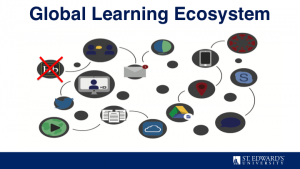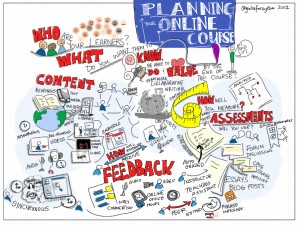Open educational resources (OER) are teaching, learning, and research materials in any medium that are freely available and openly licensed, allowing you and your students to access and use them in your courses for free. OER include textbooks, curricula, syllabi, lecture notes, video, audio, simulations, assessments, and any other content used in education (ELI 2018).
Have you considered incorporating OER into your courses? Use of OER reduces cost for students and ensures all students have access to course materials from day one, thus breaking down barriers to access and affordability. As an instructor, using OER allows you to choose the most current, meaningful content and customize materials to your specific course learning outcomes.
Check out this video for a brief overview of OER and research on their effectiveness:
To get started using OER, we encourage you to visit Educause’s Open Educational Resources page, which provides some key resources for understanding and integrating these resources into your courses as well as links to OER repositories. Prefer to talk to someone in person? Contact an Instructional Technology staff member to set up a consultation.
We also invite you to two events we are hosting on the topic of OER in the coming weeks:
- Working Toward Low-Cost Textbooks: Cross-Sector Faculty Collaboration for an OER Initiative Across 123 Campuses by Katherine D. Harris, Professor of English and Chair, California Open Educational Resources Council, San Jose State University on Wednesday, September 25, at 4pm, in Fleck 314
- More Than Just Free: The What and the Why of Open Educational Resources (OER), part of our 20 Minutes to Launch series on Tuesday, October 1, at 12:30pm, in Holy Cross Hall 101
Reference
“7 Things You Should Know About Open Education: Content.” 7 Things You Should Know About Open Education: Content, ELI, June 2018, https://library.educause.edu/resources/2018/6/7-things-you-should-know-about-open-education-content.
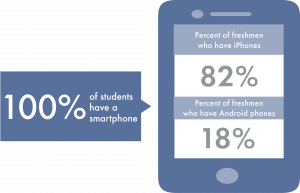

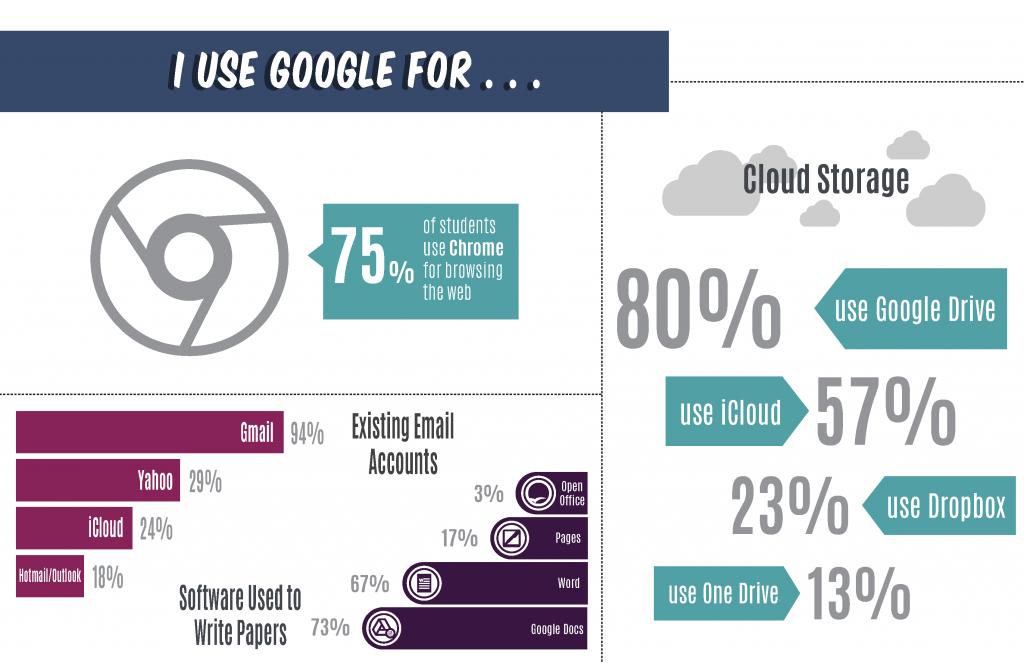
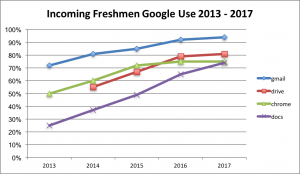

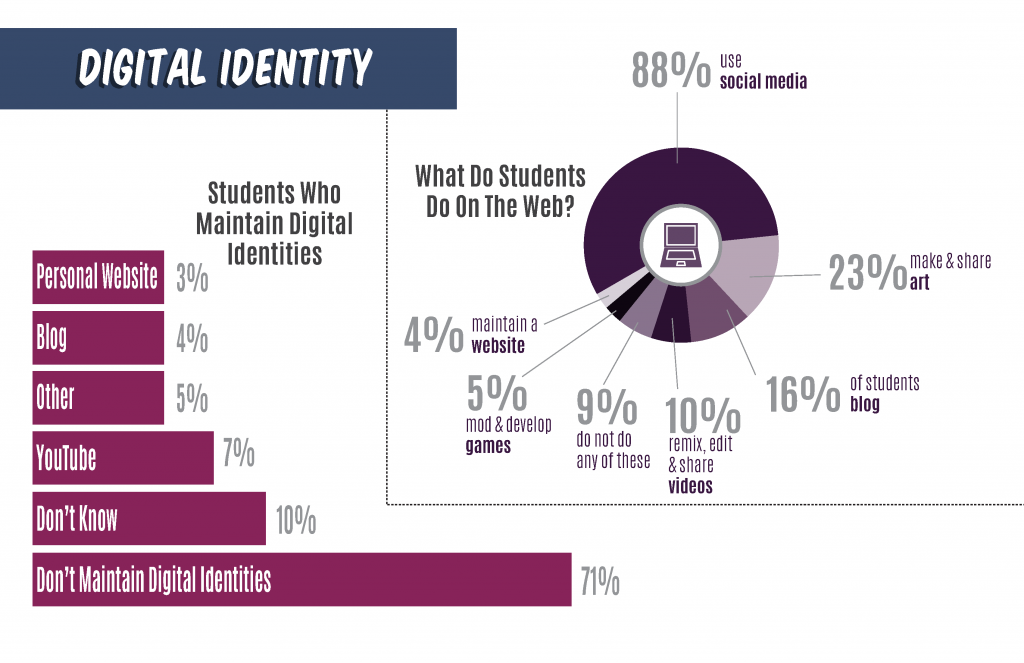
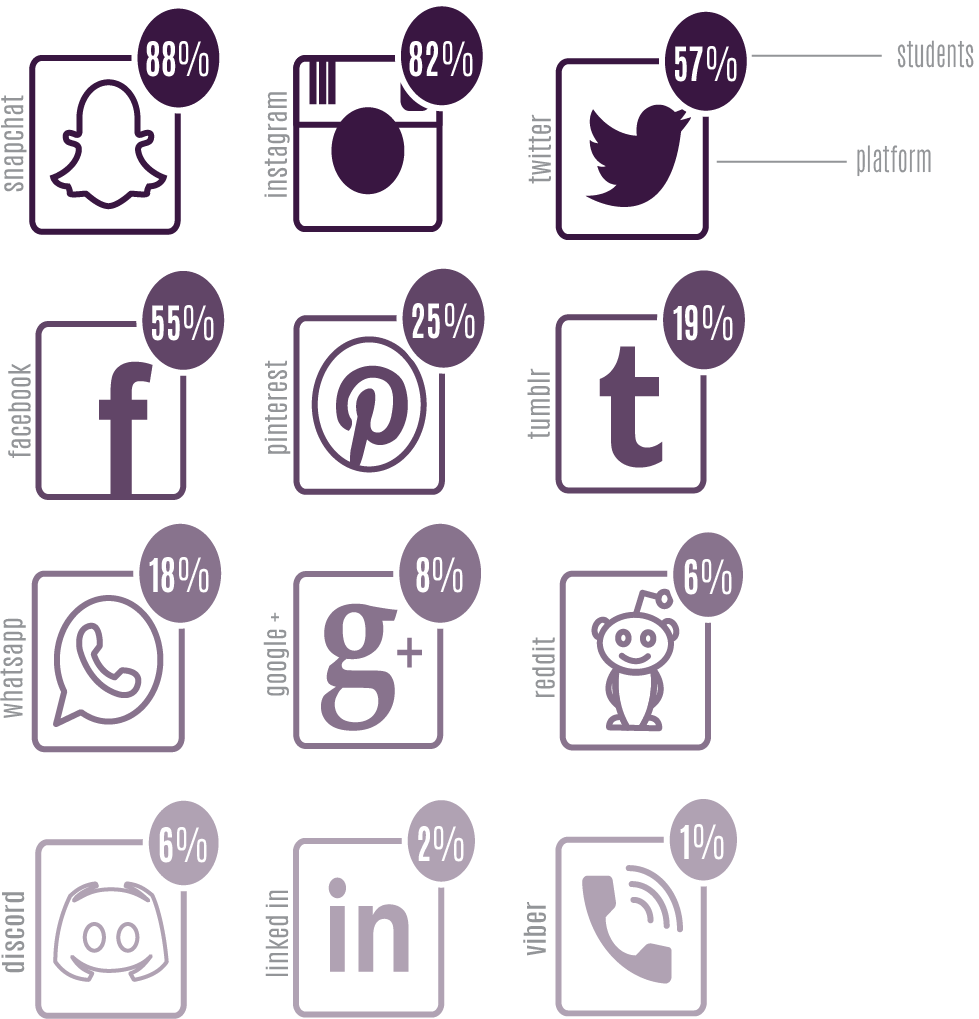
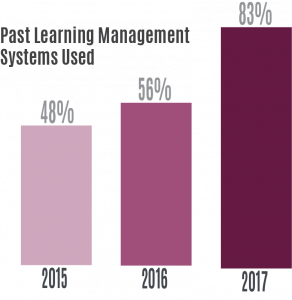


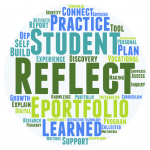
 Scheduling appointments to meet with individual students can now be managed through Canvas. This removes the frustrating administrative burden of managing multiple places (calendar, daily planner, email, hand-scribbled notes from class) where you track your student meetings to discuss that paper or project.
Scheduling appointments to meet with individual students can now be managed through Canvas. This removes the frustrating administrative burden of managing multiple places (calendar, daily planner, email, hand-scribbled notes from class) where you track your student meetings to discuss that paper or project.